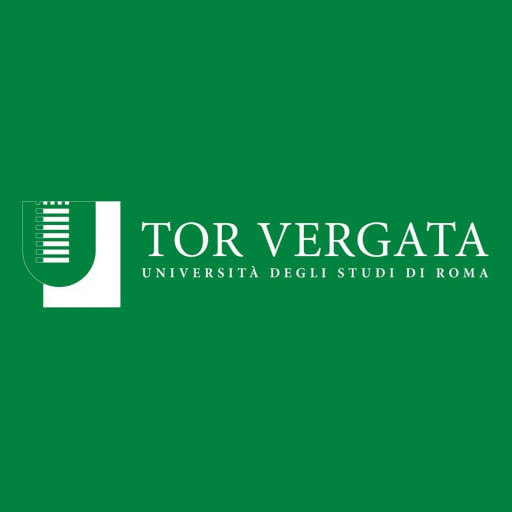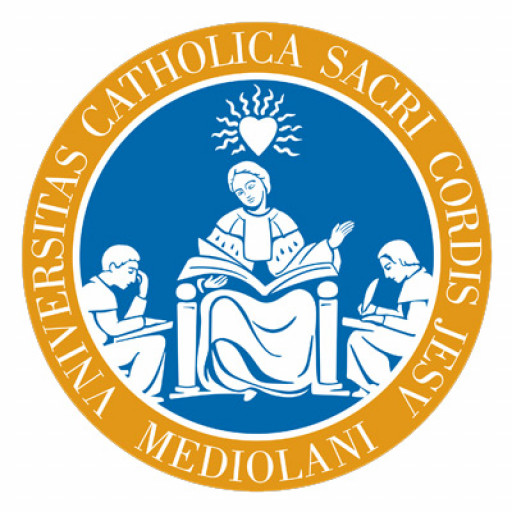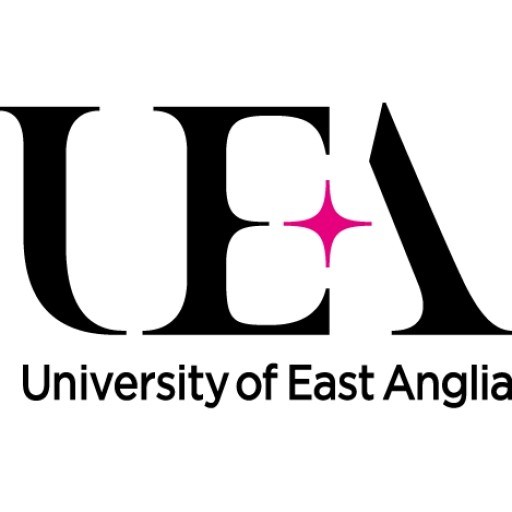Photos of university / #qutrealworld
The Bachelor of Design (Interior Architecture) and Bachelor of Property Economics at Queensland University of Technology (QUT) offer students a unique interdisciplinary education that prepares them for dynamic careers in the built environment sector. This double degree program combines creative design skills with essential property and asset management knowledge, equipping graduates with a comprehensive understanding of both interior architecture and property economics. Throughout the course, students learn to develop innovative interior design concepts that enhance spatial functionality and aesthetics, while also understanding the economic principles involved in property development, valuation, and investment. The curriculum emphasizes sustainable practices, technological advancements, and industry standards to ensure graduates are well-prepared to address contemporary challenges in urban development, real estate, and interior environments. Students engage with hands-on projects, industry placements, and collaborative workshops, fostering practical skills and professional networks. The program not only caters to those passionate about interior design and architecture but also attracts students interested in property valuation, investment analysis, and property management, making their skillset highly versatile and in demand. Graduates of this dual degree are ideally positioned to pursue careers as interior architects, property analysts, development consultants, urban planners, or property market specialists. With access to cutting-edge facilities, expert faculty, and industry partnerships, students gain the insights and experience necessary to excel in a competitive and evolving market. The program's flexible structure allows students to tailor their studies according to their career aspirations, combining creative and analytical approaches in the built environment industry, and contributing positively to urban spaces and communities.
Design: Design Institute of Australia (DIA). The Bachelor of Design (Interior Architecture) doesn't confer qualifications in Architecture and the Queensland Architects Act (2002) limits the use of this name? Architect? To professionals enrolled by the Board of Architects of Queensland. Property Economics: Australian Property Institute; The Valuers Registration Board of Queensland; The Royal Institution of Chartered Surveyors; Board of Valuers, Appraisers and Estate Agents, Malaysia.
- Year 12, or equivalent
- Assumed knowledge: English, or Literature, or English and Literature, or English as an Additional Language (Units 3 & 4, C)
- General Mathematics, or Mathematical Methods, or Specialist Mathematics (Units 3 & 4, C).
The Bachelor of Design (Interior Architecture) and Bachelor of Property Economics programs at Queensland University of Technology offer a range of financial options to support students throughout their studies. Domestic students may access various government-funded schemes, including Commonwealth Supported Places (CSPs), which significantly reduce tuition fees compared to full fee-paying places. Eligibility for CSPs depends on citizenship status and residency, with Australian citizens, permanent residents, and certain New Zealand citizens qualifying for subsidized tuition. International students are required to pay full tuition fees, which vary depending on the program and academic year, and these fees are listed on the university’s official website.
Students are encouraged to explore multiple funding options, including scholarships, bursaries, and grants offered by QUT and external organizations. QUT offers a variety of scholarships targeted at high-achieving students, students facing financial hardship, or those demonstrating particular talents or needs. Applications for these scholarships are usually competitive and require specific eligibility criteria, which students should review carefully. Additionally, students may consider government loan programs such as the HELP (Higher Education Loan Program), which allows the deferral of tuition fees, payable once the graduate’s income exceeds a certain threshold. The HELP scheme includes specific loan types like HECS-HELP for domestic students.
Beyond government assistance, students may seek private financial support or part-time work opportunities available on or near campus to supplement their income during studies. The university also provides financial planning services and advice to help students manage their budgets effectively. It is important for prospective students to carefully review the total estimated costs of their studies, including tuition fees, textbooks, materials, accommodation, and living expenses. Cost estimates are available on the university’s website and vary depending on the student’s residency status and chosen study mode.
In summary, financing studies at Queensland University of Technology involves understanding eligibility for government subsidies, applying for scholarships and grants, considering loan options like HELP, and exploring employment or external funding alternatives. Prospective students are advised to start planning early and consult the university’s financial aid office or official website for comprehensive and up-to-date information to ensure they can adequately prepare for the financial commitments associated with their design and property economics degrees.
The Bachelor of Design (Interior Architecture) program at Queensland University of Technology (QUT) offers students a comprehensive education in the field of interior architecture, focusing on creating functional, sustainable, and aesthetically compelling interior spaces. This undergraduate degree combines theoretical knowledge with practical skills, preparing students to engage in diverse projects within commercial, residential, and public sectors. The curriculum emphasizes a multidisciplinary approach, integrating design principles, spatial analysis, materiality, sustainability, and digital visualization techniques, enabling graduates to develop innovative interior solutions aligned with contemporary industry standards.
Students enrolled in this program have access to state-of-the-art facilities, including dedicated design studios, laboratories, and digital fabrication labs, facilitating hands-on learning and experimentation. Throughout their studies, students undertake a range of projects that challenge them to think critically about spatial arrangements, user experience, and environmental impact. The program also incorporates industry placements, internships, and collaborative projects with real-world clients, ensuring graduates gain valuable professional experience and industry connections.
The program’s core objectives include fostering creativity, critical thinking, technical proficiency, and a strong sense of professional ethics. Graduates are equipped to engage in interior design consultancy, space planning, visual communication, and environmental sustainability initiatives. The program also emphasizes the importance of cultural awareness and social responsibility in design practices, preparing students to contribute positively to diverse communities and global challenges.
Queensland University of Technology is known for its innovative teaching methodology, combining studio-based learning, theoretical lectures, workshops, and field trips that enrich the educational experience. The program is accredited by relevant professional bodies, ensuring that graduates meet national and industry standards for interior architects and designers. Upon completion, graduates may pursue further specialization through postgraduate study or enter the workforce directly, working in architecture firms, interior design agencies, property development companies, or starting their own practices.
Overall, the Bachelor of Design (Interior Architecture) from QUT aims to produce versatile, socially conscious, and technically adept interior architects who are prepared to lead and innovate within the dynamic built environment sector.










